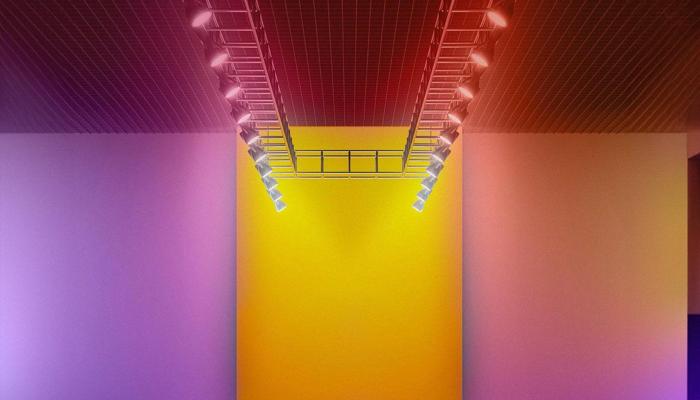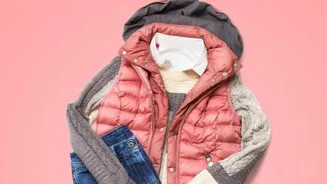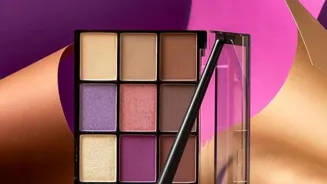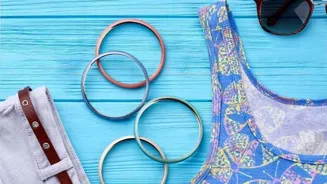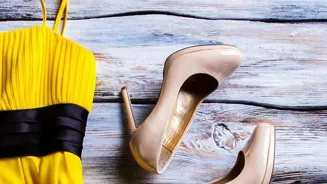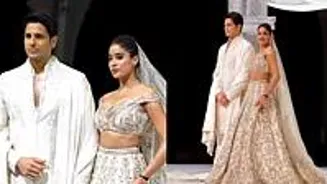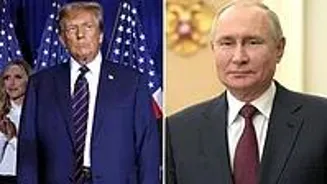Discover how fashion shapes the silver screen narratives in Bollywood. Iconic looks that redefine style. Read on for more!
Bollywood, our very own Indian film industry, is not just about the stories it
tells. It's also a visual feast, and fashion plays a significant role in creating that experience. From the dazzling sarees to the stylish kurtas, the clothes actors wear become synonymous with the movie itself.
These outfits don't just look good; they help us understand the characters and the era in which the story unfolds. Think about Madhubala's Anarkali suit in Mughal-e-Azam – it speaks of grace and royalty. Or remember the simple sarees worn by Nutan in Bandini?
They reflect the character's simplicity and quiet strength. Good costumes make us understand the emotions of lead actors on screen.
Fashion in films conveys character traits and story nuances subtly
Fashion in films is more than just good-looking clothes; it's a powerful storytelling tool. The costumes help to establish the character's background, personality, and even their mood. A character dressed in bright, vibrant colors might be portrayed as cheerful and outgoing.
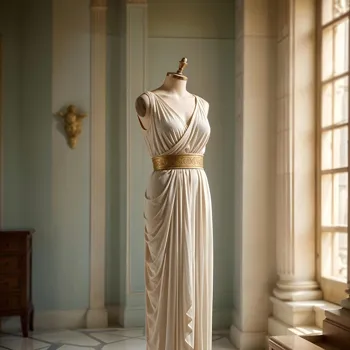
On the other hand, someone in dark, subdued clothing might be troubled or mysterious. Fashion can also indicate social status. Think about the difference in clothing between a wealthy businessman and a struggling farmer in a movie.
The costumes visually communicate these differences to the audience, making the story easier to follow. In essence, clothes on screen serve as a silent language that enriches the narrative.
Iconic movie looks influence real-life fashion trends
Some movie looks become so iconic that they influence fashion trends in real life. Remember the bell-bottoms that became popular after Hare Rama Hare Krishna? Or the polka-dotted sarees inspired by Dimple Kapadia in Bobby? These trends show how deeply films can impact our personal style.
Designers often look to films for inspiration as well, reinterpreting classic looks for a modern audience. These movie-inspired trends are a testament to the power of cinema to shape our fashion choices.
Fashion in film preserves Indian textile traditions
Beyond influencing trends, fashion in film also preserves cultural heritage. Movies often showcase traditional Indian clothing, fabrics, and embroidery techniques. This helps to keep these crafts alive and introduces them to a wider audience.
For example, a period film might feature intricate zari work or traditional block printing. By showcasing these elements, films contribute to the preservation of Indian textile traditions. In many ways, films act as a visual archive of our cultural fashion history.
Fashion in film is a collaborative effort
One must remember that the fashion in film is a collaborative effort. Costume designers work closely with directors, cinematographers, and actors to ensure that the clothes support the overall vision of the movie.
They research extensively, considering the historical context, the characters' personalities, and the visual style of the film. The goal is to create costumes that are not only aesthetically pleasing but also truthful to the story being told.
This detailed attention to detail shows that fashion movie is of great help to the end consumer.
Iconic Bollywood fashion moments inspire designers and fans
Iconic fashion moments in Bollywood are too numerous to count. From Sharmila Tagore's chic swimsuits in An Evening in Paris to Deepika Padukone's regal lehengas in Padmaavat, these looks have left a lasting impression.
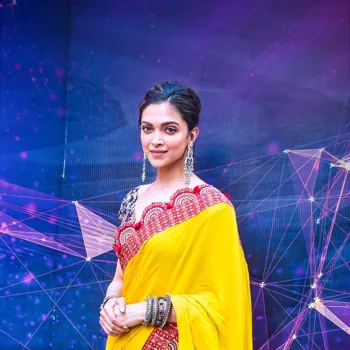
These moments are unforgettable and they continue to inspire fashion enthusiasts and designers today. When one thinks of Bollywood, one conjures iconic moments. They are something to be treasured.
AI Generated Content. Glance/InMobi shall have no liability for the content